Local Storage seems to be disabled in your browser.
For the best experience on our site, be sure to turn on Local Storage in your browser.
Choose your country
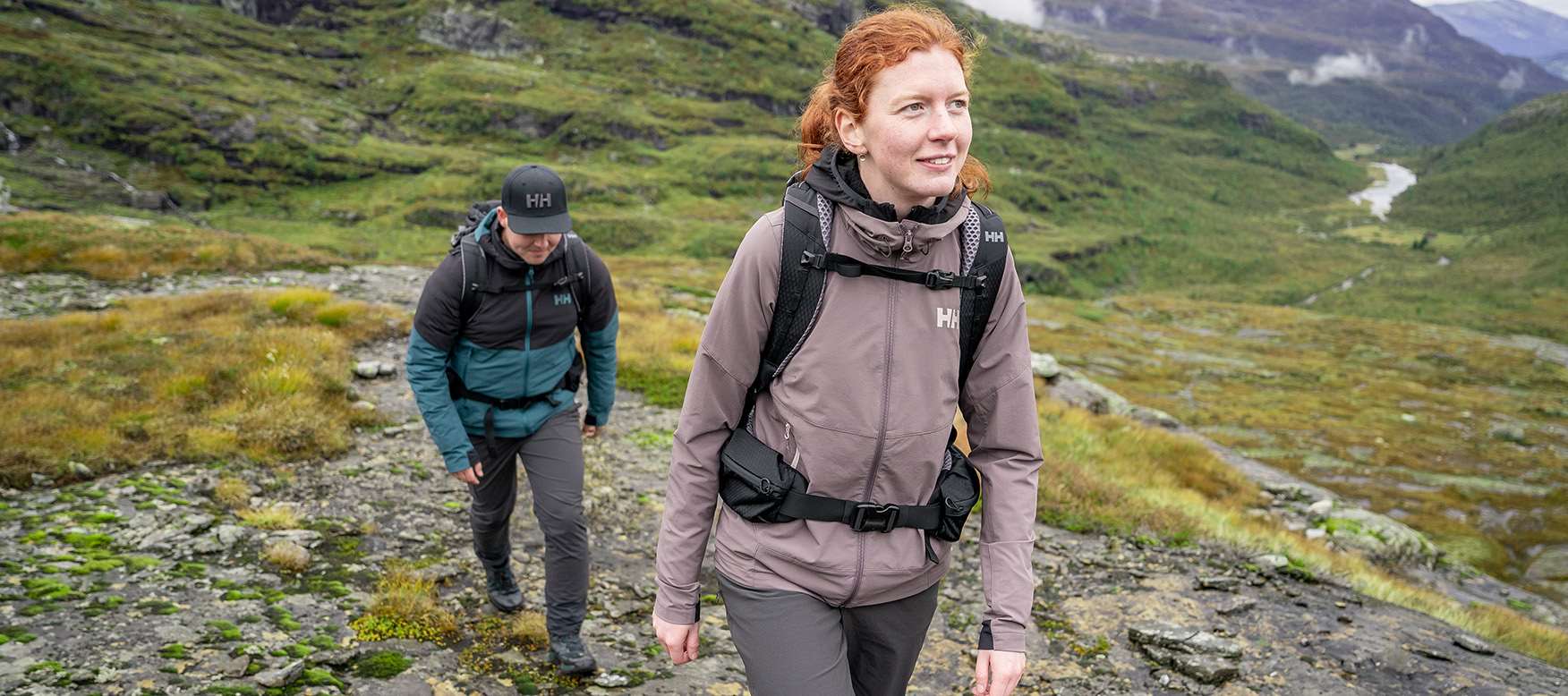
How to Dress for the Outdoors | The 3-Layer System
November 07, 2022
Update: February 21, 2024
5 min read
What is layering and the 3-layer system?
There’s more to layering than just piling on more clothes to stay warm; it’s about regulating your heat and managing your moisture correctly. There are three pieces to the layering system. Each layer works together to help you stay comfortable, so you can soak up the views instead of your own sweat. In this guide, we walk you through the factors you should consider when choosing your layers.
Start with a base layer
A base layer is the first piece you should put on. Its only purpose is to transport/wick moisture away from your skin and out to the surface. It’s arguably the most important layer because this wicking quality is key to stopping you from getting cold from your own sweat and helps keep you at a comfortable temperature.
In general:
- Synthetic base layers like our LIFA® ACTIVE range for men and women offer the best moisture-wicking qualities. They’re lightweight, breathable, and quick to dry—ideal for fast-paced activities.
- For summer hiking, LIFA® ACTIVE Solen brings the added benefit of UPF 50 sun protection.
- On cooler days, our LIFA® Merino range for men and women has you covered. The blend of moisture-wicking LIFA® and merino wool keeps you warm when wet, plus it resists odor well.
- And if you’re taking on tough terrain, consider our Durawool range. They combine our lightest merino wool with durable Cordura® fabric —ideal for spring skiing and summer climbing.
"My LIFA® Merino base layer is essential. It is my second skin, my better skin. It keeps me dry and comfortable; it makes any day in the mountains a good one—whether it is full-on winter storm skiing, or spring slush schussing."
Features to consider in a base layer
odor control
moisture-wicking properties
flatlock seams (added comfort)
Learn to choose your base layer like a pro and discover everything you need to know about base layers.
warm midlayers
Midlayers are the most versatile piece in your layering system because they are designed to be taken on and off. The best piece of advice we got from professional skier Kaylin Richardson is to “be bold, start cold.” Before you get moving, you might feel like you want to throw on the midlayer, but once you’re in the flow, you’ll find that a) you heat up pretty fast and b) you won’t want to stop. So, try to start out wearing a base layer and a shell, but have a midlayer handy just in case.
There are two types of layers that you can wear between your shell and base layer. There’s an insulating layer and there’s fleece (and pile). Some people think these are the same, but there is one key difference: their purpose.
Insulating layers
The only purpose of an insulating layer is to trap warmth; they’re not intended to keep out rain and transport moisture. Examples of our insulating midlayers are puffy jackets—which are made of down—synthetic LIFALOFT™ or PrimaLoft®, or a combination of both down and synthetic, known as a hybrid insulation.
Fleece & pile
In addition to warmth, fleece and pile breathe a bit better and dry quicker than insulating layers. Fleece especially, wicks moisture better than pile. Remember that moisture-wicking qualities are the most important factor of your layering system.
Read our in-depth guide on how to choose a midlayer and learn the difference between fleece and pile.
Features to consider in a midlayer
- half-zip / full-zip (full-zip is easier to put on and take off
- hand pockets
- weight
- packability (insulating midlayers tend to be more packable)
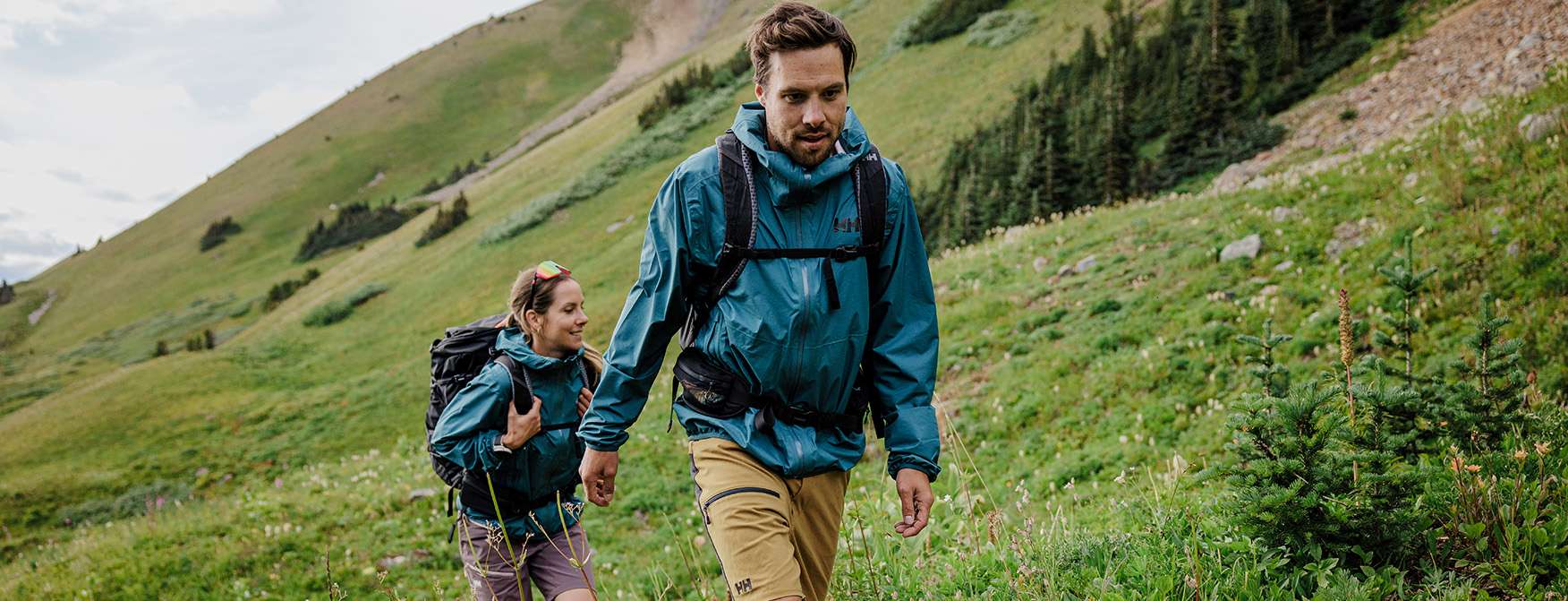
Protective outer shell
Shell jackets or shell pants are just a shell—they don’t have any insulation and look like a rain jacket (or rain pants). Their main purpose is to stop wind and rain from getting into your midlayer and base layer. The shell must be waterproof. But it’s not just about keeping out the elements because you also want to let your sweat out.
Across our range of shell jackets, we use our waterproof/breathable HELLY TECH® system; its unique membrane keeps water molecules out, while allowing sweat vapor to pass through— keeping you dry from the outside and comfortable on the inside.
Features to consider in a shell jacket
pockets
pit zips (for extra breathability)
waterproof/breathable membrane
helmet-compatible hood
Tips & tricks
- Always pack all 3 layers. You never know when the conditions might change (and they change fast in the mountains)
- Always keep your base layer on
- Your midlayer and outer layer (shell) can be put on/taken off according to the conditions:
- For wind/rain/snow, always keep your outer layer on (for protection)
- For fair/cold weather, always keep your midlayer on (for warmth)
- Don't forget the extras!
- A hat, buff and pair of gloves all help to keep your extremities warm.
- Sunscreen is a must. No matter how cold or overcast the weather may seem, UV radiation is present year-round.
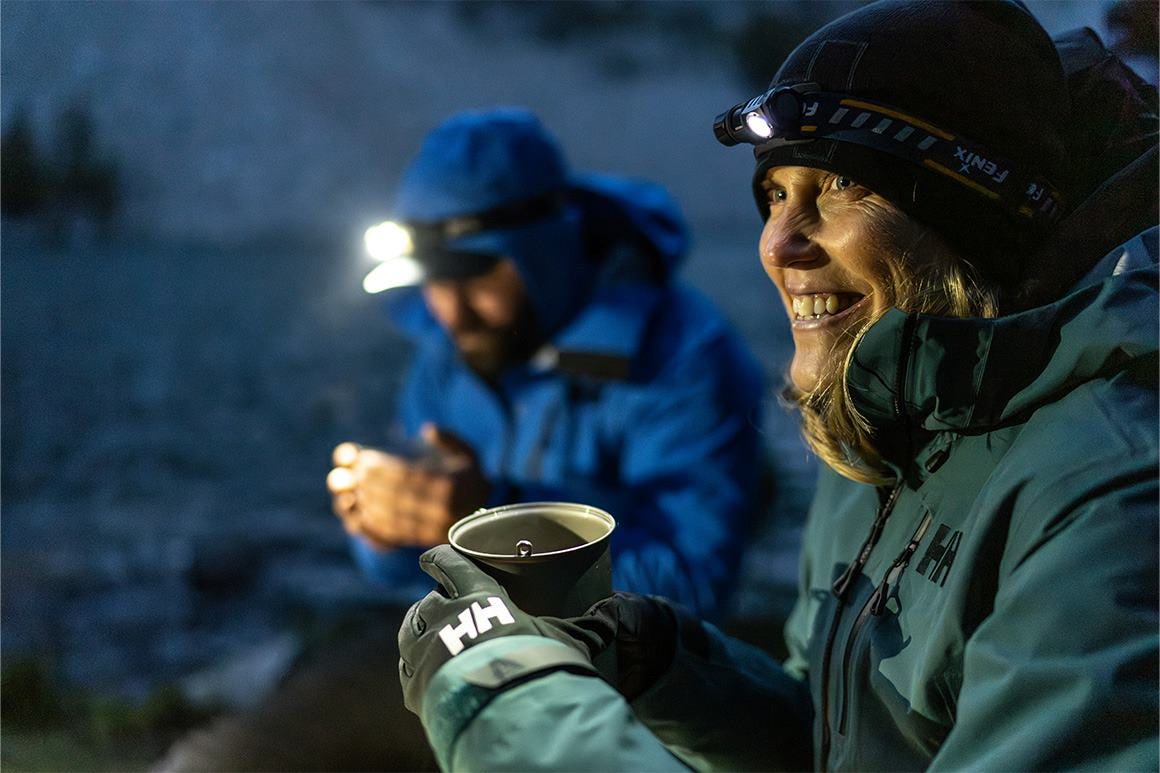
Since we developed the 3-layer system in the early 70s, our new technologies and smart constructions have evolved to be customizable for different activities and environments. With this layering technique, you’ll stay comfortable, dry, protected, and ready to take on whatever your adventures throw at you.
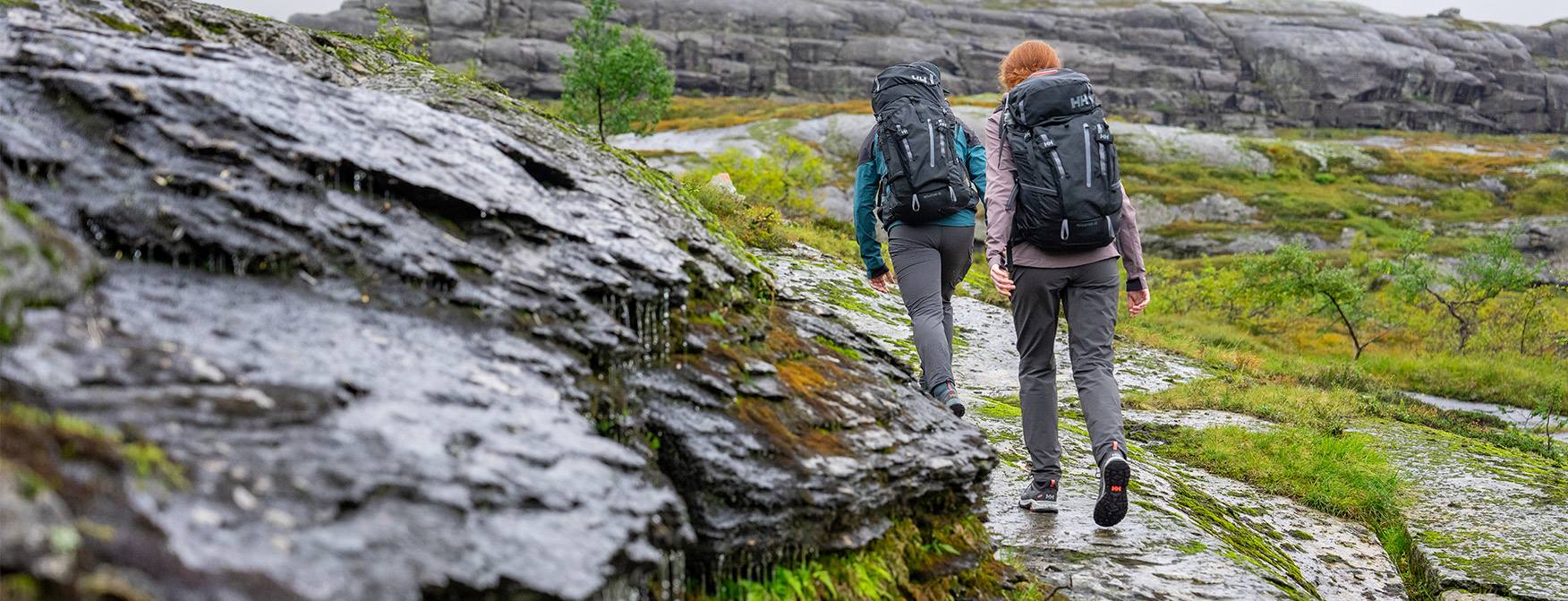
Discover more outdoors
Find the right outdoor clothes for you, whether you're hiking, mountaineering, trail running, or if outdoor leisure is more your thing. Plus, tips from our pros and inspiration for adventures ahead.
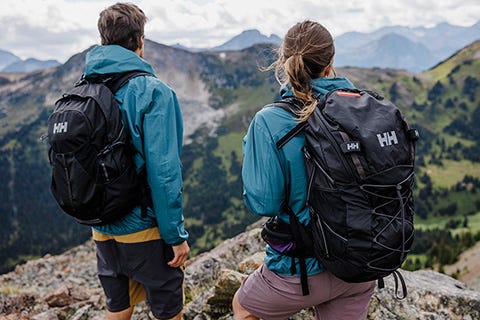
June 03, 2024 3 min read
How to choose the right backpack for your adventure
Ever wondered how much you can fit in your backpack? Whether you're planning a day hike or a multi-day expedition, choosing the right size is crucial. Learn about the different pack capacities, types and key features to look for.
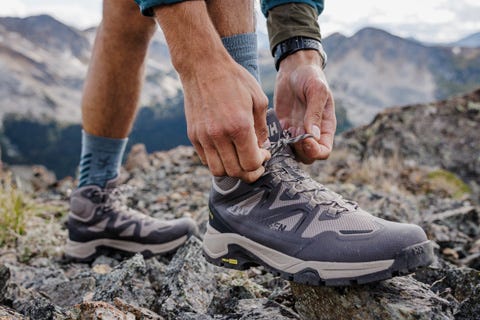
May 15, 2024 3 min read
How to Choose Hiking Footwear
The best hiking shoes or boots should be comfortable to wear. Follow our expert tips to learn how to choose the right hiking footwear for you.
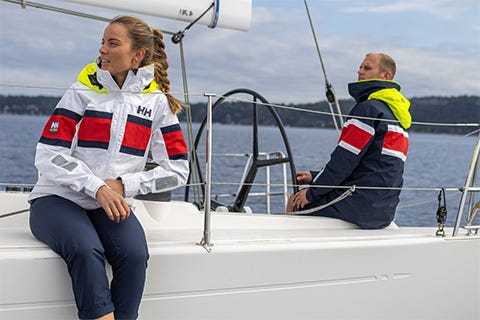
April 30, 2024 3 min read
What to wear Coastal Sailing
To dress for coastal sailing, you want to be protected against the wind and spray from the waves, and also the sun. In this guide, we share some top tips for layering from professional sailors, Kayleen VanderRee and Pip Hare.

April 30, 2024 2 min read
What to Wear Inshore Sailing
Inshore sailing requires quick-dry materials and lightweight jackets. In this guide we share some top tips on what to wear from seasoned sailor, Mauro Melandri.
